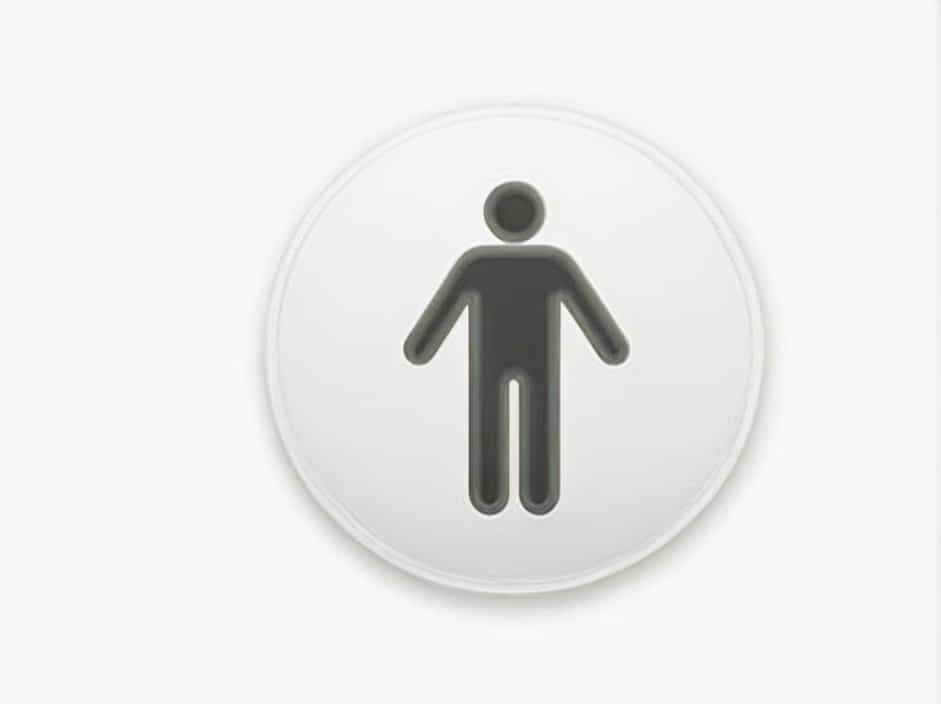The urinary bladder is a vital organ in the human body, playing a crucial role in the urinary system. It serves as a temporary storage site for urine, allowing controlled and voluntary urination. Located in the pelvic cavity, the bladder works with the kidneys, ureters, and urethra to maintain fluid balance and waste elimination.
This topic explores the structure, function, and importance of the urinary bladder, along with common conditions that affect it.
Anatomy and Structure of the Urinary Bladder
The urinary bladder is a hollow, muscular organ that expands and contracts depending on the amount of urine it holds. Its key structural components include:
1. Layers of the Bladder Wall
- Mucosa (Inner Layer): Composed of transitional epithelium, allowing the bladder to stretch.
- Detrusor Muscle (Middle Layer): A smooth muscle layer that contracts to expel urine.
- Serosa (Outer Layer): Protects and anchors the bladder within the pelvis.
2. Bladder Sphincters
- Internal Urethral Sphincter: Involuntary muscle that prevents urine leakage.
- External Urethral Sphincter: Voluntary muscle that allows conscious control of urination.
3. Capacity and Location
The bladder can hold 400-600 mL of urine before signaling the brain for urination. It is located behind the pubic bone, with variations in position between men and women due to differences in reproductive anatomy.
Primary Functions of the Urinary Bladder
1. Urine Storage
The main function of the bladder is to store urine produced by the kidneys. Urine flows from the kidneys into the bladder via the ureters and remains there until the body is ready for elimination.
- The bladder is highly elastic, allowing it to expand without immediate pressure.
- A healthy bladder can hold urine for several hours before needing to empty.
2. Urine Expulsion (Micturition)
The process of urination (micturition) occurs when the bladder contracts and the urethral sphincters relax, allowing urine to exit through the urethra.
- The detrusor muscle contracts when the bladder is full.
- The nervous system controls this reflex, coordinating with voluntary control.
3. Regulation of Fluid Balance
The bladder plays a role in maintaining the body’s hydration levels by storing urine until elimination is necessary.
- Helps prevent dehydration by signaling the need for water intake.
- Works with the kidneys to regulate salt and water balance.
4. Protection Against Infection
The bladder’s mucosal lining and immune defenses help prevent infections from bacteria that enter the urinary tract.
- The regular flushing of urine helps remove harmful microbes.
- The bladder’s acidic environment prevents bacterial growth.
How the Nervous System Controls the Bladder
The urinary bladder function is controlled by the autonomic nervous system (ANS) and the somatic nervous system.
1. Sympathetic Nervous System (Storage Phase)
- Relaxes the detrusor muscle to allow urine storage.
- Contracts the internal urethral sphincter to prevent leakage.
2. Parasympathetic Nervous System (Emptying Phase)
- Contracts the detrusor muscle to expel urine.
- Relaxes the internal urethral sphincter for urination.
3. Somatic Nervous System (Voluntary Control)
- Controls the external urethral sphincter, allowing urination at the right time.
Common Bladder Disorders and Their Effects
Several medical conditions can affect the bladder’s ability to store and expel urine properly.
1. Urinary Incontinence
A condition where the bladder loses control, leading to involuntary urine leakage. Common causes include:
- Weak pelvic muscles (especially after childbirth).
- Neurological disorders like stroke or multiple sclerosis.
2. Overactive Bladder (OAB)
OAB leads to frequent urination and sudden urges, often disrupting daily life. Causes may include:
- Nerve damage or dysfunction.
- Bladder irritation from infections or inflammation.
3. Urinary Tract Infections (UTIs)
Bacterial infections in the bladder cause pain, burning sensation, and frequent urination. Common in women due to a shorter urethra.
4. Bladder Stones
Hard mineral deposits that form in the bladder, causing pain and difficulty urinating. These develop due to:
- Incomplete bladder emptying.
- Excess minerals in urine.
5. Bladder Cancer
Uncontrolled growth of abnormal bladder cells, leading to symptoms like:
- Blood in urine (hematuria).
- Pelvic pain and difficulty urinating.
How to Maintain a Healthy Urinary Bladder
Keeping the bladder healthy is essential for overall well-being. Some effective tips include:
1. Stay Hydrated
- Drink 6-8 glasses of water daily to flush out bacteria and prevent infections.
- Avoid excessive caffeine and alcohol, which irritate the bladder.
2. Practice Good Bathroom Habits
- Do not hold urine for too long, as this can overstretch the bladder.
- Empty the bladder fully to prevent infections and bladder stones.
3. Strengthen Pelvic Muscles
- Kegel exercises improve bladder control, reducing incontinence risks.
- Maintain a healthy weight to reduce pressure on the bladder.
4. Maintain a Balanced Diet
- Eat foods rich in fiber to prevent constipation, which can affect bladder function.
- Avoid spicy foods and artificial sweeteners, which can irritate the bladder.
5. Seek Medical Attention for Bladder Issues
- If you experience frequent UTIs, pain, or changes in urination, consult a doctor.
- Early detection of bladder disorders helps in effective treatment.
The urinary bladder is a key organ responsible for storing and expelling urine, ensuring proper waste elimination from the body. It works in coordination with the kidneys, ureters, and urethra to maintain fluid balance and prevent infections.
By understanding how the bladder functions and adopting healthy habits, individuals can prevent common urinary disorders and maintain optimal bladder health.
